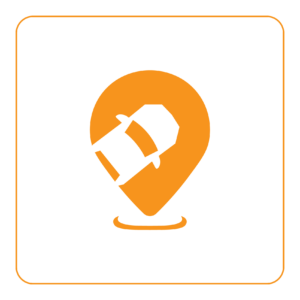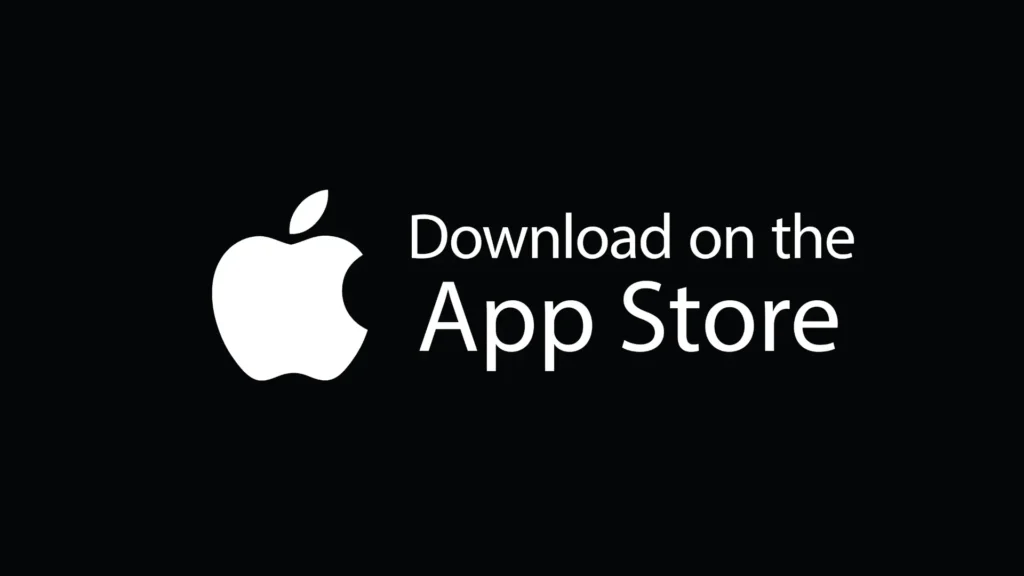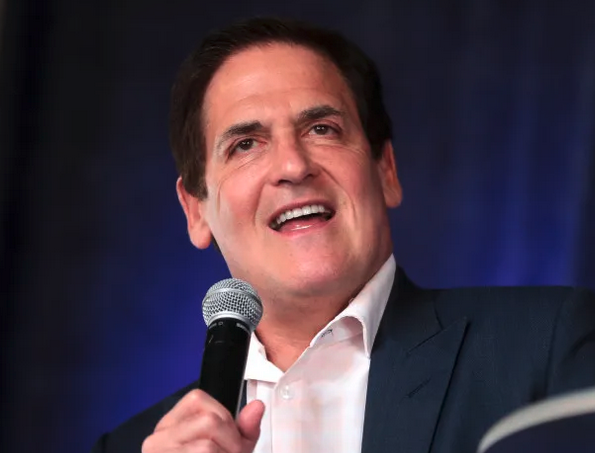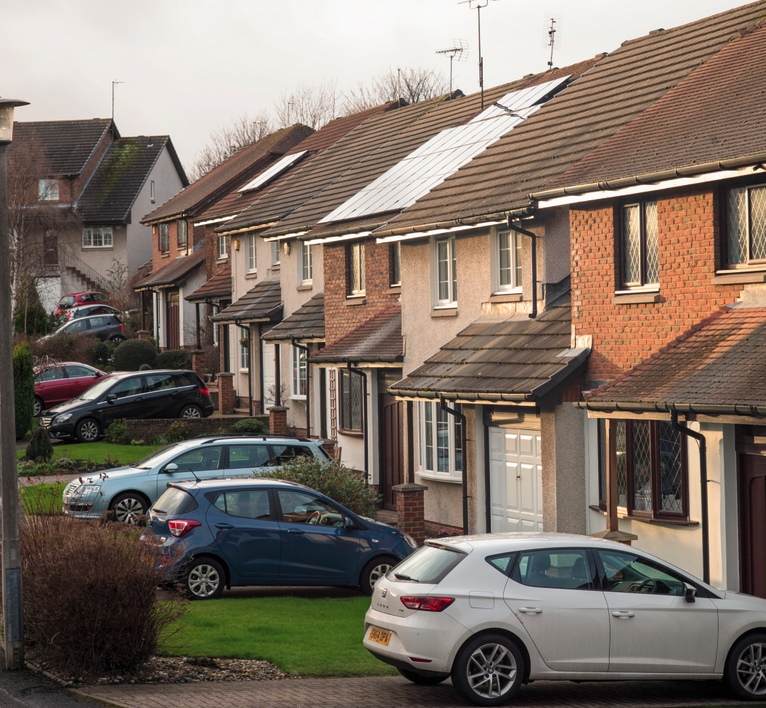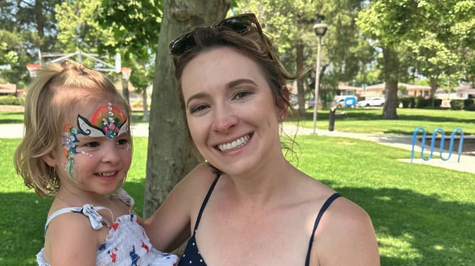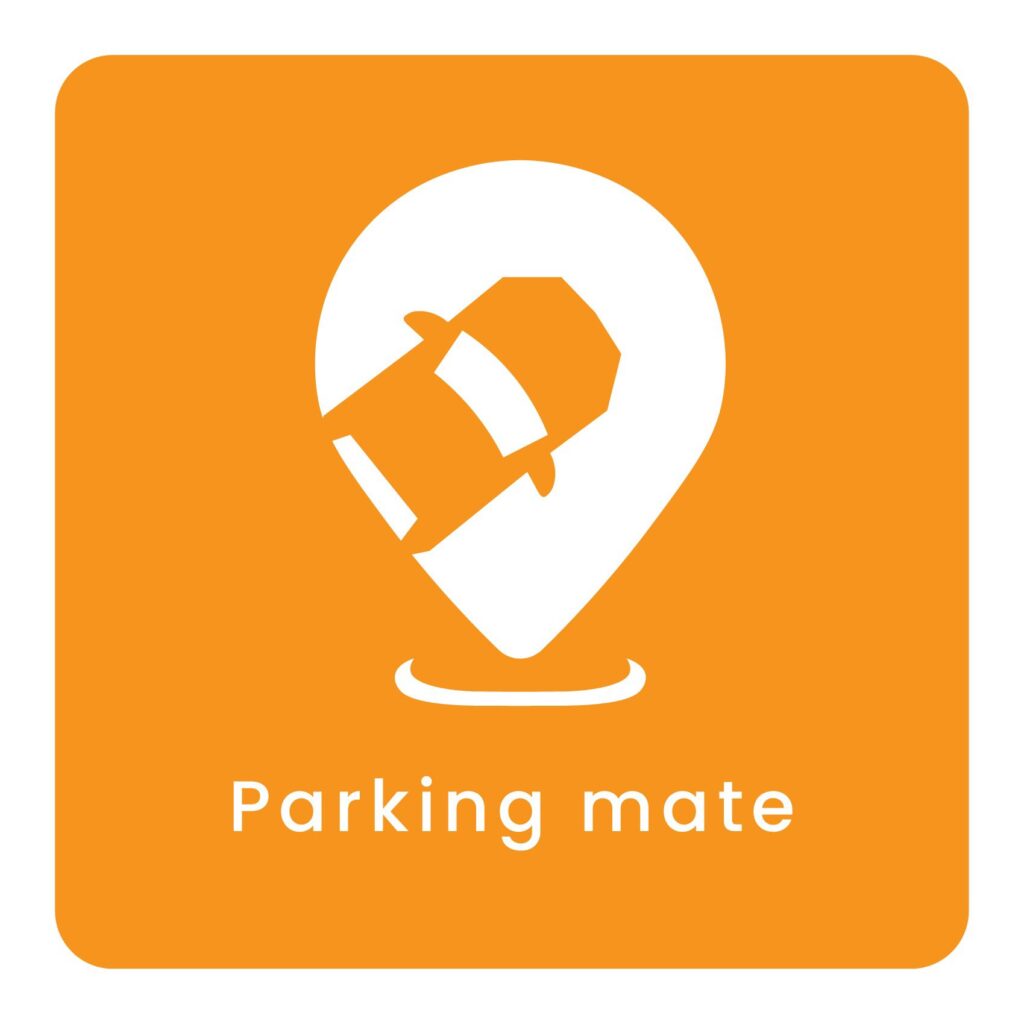‘It’s easier than ever to make money in your spare time,’ economists say: Inside the rise of the American side hustle. Usually, after a financial crisis, people spend less money and fewer new businesses launch.
The opposite was true last year, in the Covid-19 pandemic’s wake. Costs of living and inflation remained high, credit card debt in the U.S. increased and Americans’ savings dwindled — yet consumer spending jumped noticeably, and more businesses filed for creation than in pre-Covid 2019.
“Overall, it comes down to, ’I want to spend more, so I need to earn more,” Kayla Bruun, a senior economist at business intelligence firm Morning Consult, tells CNBC Make It.
The side hustle boom is happening across every age group, income level and industry in America, data shows. And it’s unlikely to slow down anytime soon: Younger generations are especially comfortable juggling multiple income streams to make a living, no matter the state of the economy, experts say.
Here’s why so many people have side hustles right now, and why economists say they’re probably here to stay.
Financial need and insecurity
The median U.S. side hustle earns $250 per month, says Ted Rossman, a Bankrate senior industry analyst. For roughly half of Americans with side hustles, the extra money isn’t for fun: It’s a necessity, driven by financial uncertainty.
Forty-five percent of Americans with side hustles use them to pay off debt and regular living expenses, Bankrate found last year. $250 per month is “by no means enough to live on, [but] it’s a nice amount of money,” Rossman says. “This is a great tactic for getting out of credit card debt or saving for the down payment on a home or a wedding.”
Despite rising wages and job growth, larger living expenses still feel out of reach for some Americans. Student loan and credit card debt are each over $1 trillion, and many 28- to 43-year-olds are struggle with rising costs of housing and childcare — two areas of the economy that haven’t cooled since the pandemic.
Millennials especially are “on the hook for a lot of expenses,” Bruun says.
Shonnita Leslie, a 40-year-old program manager at a university in Texas, started working for DoorDash to pay down her six-figure student loan debt in 2018. She made $72,000 over five years on DoorDash, whittling her debt down to $18,000, and now maintains the side hustle because she feels increasingly comfortable with multiple streams of income, she told Make It earlier this year.
For older millennials like Leslie, who were in their mid-20s during the Great Recession, a second income stream is a potential safety net. The same is increasingly true for younger millennials and Gen Zers now living through a prolonged period of high inflation for the first time as adults.
“People are telling us they’re side hustling because they have to, not because they want to,” says Rossman. “It’s become a bit of a treading-water situation … I wish more people were getting ahead, pursuing that passion project or maybe saving and investing more.”
Upgrades to leisure experiences
Some of those economic conditions could improve as the country’s post-Covid recovery continues. But even people with healthy incomes have side hustles right now: Americans with household incomes of more than $100,000 are actually the most likely to seek extra cash outside of work, according to Bankrate’s 2023 report.
For those people, $250 per month isn’t necessarily a life-changing amount. But it’s certainly enough to fund vacations, concerts or date nights — the kinds of simple leisure activities Americans historically fund with their full-time paychecks.
Indeed, 52% of Americans with side hustles use their extra income for discretionary spending or padding their savings, Bankrate found last year. Some of them may be economic victims of “lifestyle creep,” wherein the more money you make, the more you’re tempted to spend.
“Some of it could be keeping up with the Joneses kind of thing,” Rossman notes.
But on the whole, it’s a sign that at least some Americans have identified the side hustle as a way to fund — or upgrade — their leisure experiences. Five months of the median U.S. side hustle could pay for a $1,088 ticket to Taylor Swift’s Eras Tour, for example.
“Our research really finds it’s related to this financial desire,” says Gusto economist Nich Tremper. “Their paycheck isn’t going as far as they expected.”
Side hustles are here to stay
Americans who don’t need side hustles to pay the bills, but have them anyway, are indicators that the trend is here to stay, economists say. Almost anyone can create a Fiverr, TaskRabbit or Etsy account, leading a growing number of people to ask: If you can make extra money on the side, and you’re willing to spend time and effort to do so, why wouldn’t you?
“It’s easier than ever to make money in your spare time delivering packages, selling crafts, taking surveys, being an online personal assistant, graphic designer, etc.,” says Rossman, predicting that “side hustles will get even more popular over time.”
Tremper agrees, noting that the spread of hybrid and remote jobs gives people more time to build their side hustles. Each gig is a self-guided opportunity for creative and professional development, he says: “You don’t have a boss telling you what to do.”
Of course, time and energy aren’t infinite. A second job means more working hours and less time available for sleep, hobbies or maintaining relationships. Side hustles may be here to stay, but no individual gig is guaranteed a long shelf-life.
“The work ethic should be commended, but I do worry about the burnout risk and the lack of a safety net for full-time freelancers [and] gig workers,” Rossman says. “It’s mostly a warning sign that one job is not enough anymore.”
